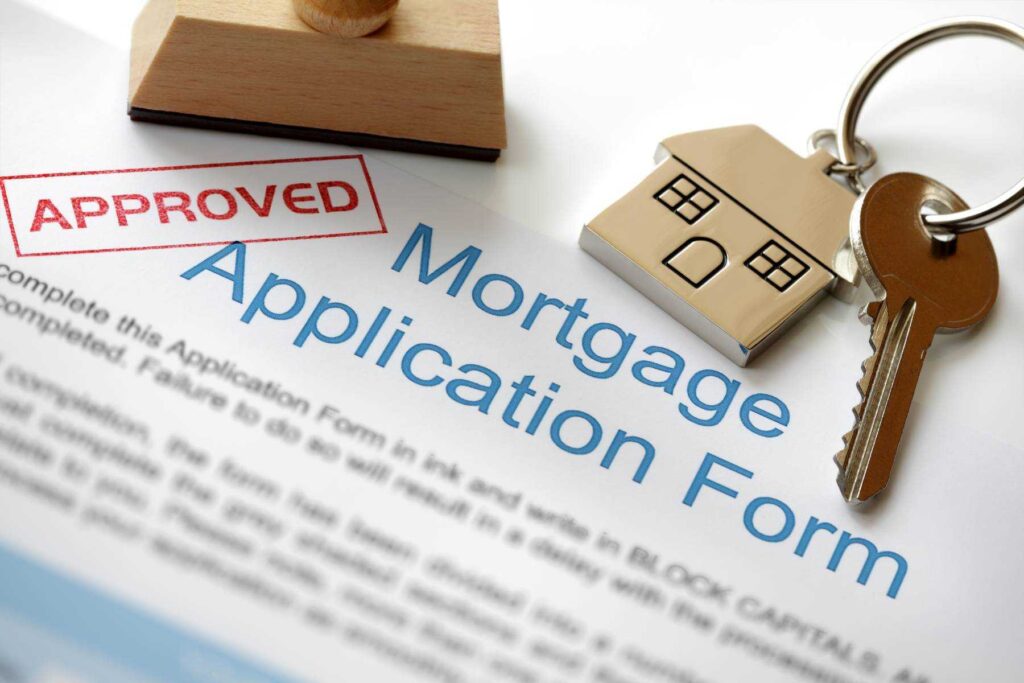Most frequently asked questions about 95% mortgages
Saving a deposit is usually the biggest hurdle to buying your own home.
In fact, 30% of first-time buyers cited the deposit as the biggest barrier to homeownership.
With saving a deposit becoming harder, more and more buyers have been looking at 95% mortgages.
In this guide, we answer your questions on 95% mortgages, explain how the government’s guarantee scheme works and look at the things you’ll need to consider.
What is a 95% mortgage?
A 95% mortgage means you’re borrowing 95% of your property’s purchase price through a loan.
That means the remaining 5% must be provided by you as a deposit.
For example, if you’re buying a property for £200,000, you would put down £10,000 as a deposit and the other £190,000 would be covered by a 95% mortgage.
Are 95% mortgages a good idea?
While 95% mortgages can help you get on the property ladder when you’re only able to save a small deposit, there are also some potential drawbacks you’ll need to consider:
The risk of negative equity
Negative equity is when the property you own is worth less than your outstanding mortgage and can happen to low deposit buyers when property prices fall.
Negative equity isn’t a problem unless you need to sell or remortgage and as long as you can keep up your repayments.
However, if you do need to move or remortgage, negative equity can mean you’re unable to until either prices start to rise again or you’ve paid enough of your mortgage down.
Tighter lending criteria and higher rates
Because 95% mortgages carry more risk for lenders, you may find yourself unable to borrow as much money as you’d hoped.
It’s also likely that you’ll pay a much higher interest rate when borrowing 95% of your property’s purchase price, while some lenders may add a Higher Lending Charge (HLC) to further protect their interests.
How can I buy a house with a 5% deposit in the UK?
Previously, the first-time buyer Help to Buy equity loan scheme was the most popular way to buy a property with a 5% deposit.
However, that scheme closed to new applicants in October 2022.
If you’re only able to save a deposit of 5%, the government’s 95% mortgage guarantee scheme is still available.
What is the 95% mortgage guarantee scheme?
The 95% mortgage guarantee scheme was launched by the government in 2021 after lenders removed many of their 95% mortgages due to the Covid-19 pandemic.
For you, the buyer, there’s no difference between a 95% mortgage under the scheme and one outside of it.
It’s simply in place to encourage lenders to offer more mortgages to those buyers with 5% deposits.
The way this works is the government covers a portion of your lender’s losses should you be unable to pay your mortgage and your property is repossessed.
How does the government guarantee work?
Specifically, if your lender was unable to sell a repossessed property for enough to cover the outstanding mortgage loan, the government will guarantee 95% of any loss above 80% loan to value.
For example, on a £200,000 property with a 95% mortgage of £190,000, 80% of the mortgage would be £152,000, meaning the remaining 20% is £38,000.
In the event of a repossession, the government would guarantee 95% of that £38,000, which is £36,100.
Who qualifies for the 95% mortgage guarantee scheme?
Unlike the most recent Help to Buy scheme, which is now closed, the 95% mortgage guarantee scheme isn’t restricted only to first-time buyers.
Instead, any buyer with a small deposit can access the mortgages available.
To get a 5% deposit mortgage under the scheme, you must be:
- Buying a residential home in the UK and not buying a second home or buy-to-let
- Buying a property costing no more than £600,000
- Buying an existing home and not a new build
- Buying with a deposit of between 5% and 9%
- Applying for a repayment mortgage
- Able to pass their lender’s mortgage affordability criteria
What banks are offering 5% deposit mortgages under the scheme?
A number of large lenders are offering 95% mortgages under the guarantee scheme, including:
- Lloyds Bank
- Halifax
- NatWest Bank
- Bank of Scotland
- Virgin Money
- Santander
- Barclays Bank
- HSBC
When does the 95% mortgage scheme end?
The 95% mortgage guarantee scheme runs until the end of 2023.
Originally, it was due to end in December 2022 but was extended for 12 months.
Are 95% mortgages only for new builds?
Mortgages offered under the government’s 95% mortgage guarantee scheme aren’t available if you’re buying a new build property.
That’s because new builds often decrease in value for the first few years of ownership – increasing the lender’s risk.
It may be possible to get a 95% new build mortgage outside of the scheme, but many lenders exclude the properties from their high loan-to-value mortgage deals.
Can you get a 95% mortgage on an old house?
It’s possible to get a 95% mortgage for an existing property, both inside and outside of the government’s mortgage guarantee scheme.
However, you’d need to pass your lender’s eligibility and affordability criteria, including:
Credit history assessment
Because your lender is taking on more risk by lending you 95% of your property’s value, they’ll need to see that you can manage debt effectively.
That means looking at your credit score and history, so if you’ve missed payments in the past, this could affect your chances of being successful.
Income and affordability
Your lender will look at your income and what you currently spend each month before deciding whether to lend to you, and how much they’re willing to lend.
They’ll use an income multiple to determine how much you can borrow and this can be as much as four or 4.5 times your annual salary for a 95% mortgage.
If they believe affordability may be tight, however, they may only agree to lend you less than you’d hoped for, using a lower income multiple.
What kind of mortgages are available with a 5% deposit?
Lenders taking part in the 95% mortgage guarantee scheme must offer at least one five-year fixed rate product for buyers.
This helps give low-deposit buyers some security that their mortgage repayments won’t change for at least five years.
On top of fixed rate mortgages, lenders may also offer other types of 95% mortgage products.
Tracker mortgages
Tracker mortgages ‘track’ above the Bank of England’s base interest rate, so if the base rate goes up, your mortgage interest rate also rises by the same amount, meaning your repayments will be higher.
If the base rate goes down, your interest rate goes down, too, and your repayments will be lower.
Discount rate mortgages
Discount rate mortgages offer rates that are slightly less than the lender’s own Standard Variable Rate (SVR).
So, if your discount mortgage is at 2% and the lender’s SVR is 5%, your mortgage rate will be 3%.
Like tracker mortgages, if the lender increases or decreases its SVR, your mortgage interest rate will increase or decrease with it, meaning your payments may go up or down.




